National
Carney’s leadership style will make or break Canada’s future
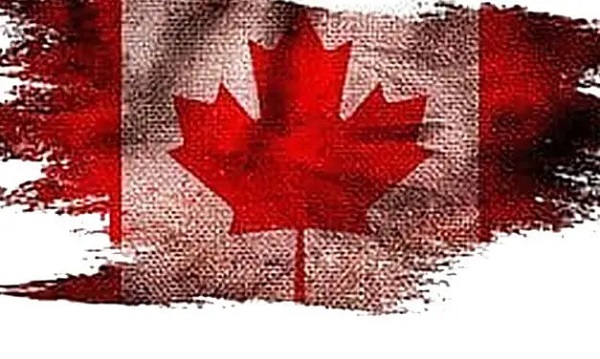
This article supplied by Troy Media.
 By Faith Wood
By Faith Wood
Canada is watching: Will he rebuild trust with premiers or revert to his predecessor’s unilateral leadership style?
Provincial premiers aren’t interested in empty gestures. While Prime Minister Mark Carney began his term amid high expectations, premiers across Canada are watching with measured skepticism. They’ve heard promises of collaboration before, only to see Ottawa centralize control.
This is a test of trust—one that won’t be passed with empty slogans or staged photo ops. Trust begins with openness, not authority. It’s built through leadership that makes room for others and treats people like equals and not problems. If Carney wants to heal a fractured nation, he must understand that people don’t follow power—they follow leaders who show up and listen
I recently facilitated a leadership retreat where the focus wasn’t policy or protocol. It was something more personal: What does it feel like to be led well? Again and again, one word came up: welcomed. People remembered leaders who made space, who adjusted the tone, who listened without interrupting.
Leaders who behaved not like commanders, but like respectful peers. This isn’t sentimental fluff. It’s a governing principle.
A good leader does more than offer kind words. They anticipate needs, notice discomfort and encourage honest participation. And most importantly, they do it before trust is earned. Openness comes first, and trust follows. Now imagine applying that to politics.
Premiers are meeting Carney with different histories and deep ideological divides. Some carry grievances, others cautious hope. But all are watching closely: Can Carney build the trust that premiers and Canadians demand? Trust doesn’t begin with a handshake. It starts with how the room is prepared: with tone, transparency and how feedback is received. Not in lofty speeches, but in real, reciprocal dialogue.
We’ve seen what the opposite looks like: top-down decisions made without consultation, provincial concerns dismissed and policies imposed with little regard for local realities. That style of leadership may deliver headlines, but it erodes trust.
So the question isn’t just about leadership style. It’s about survival. Can Carney create a climate that keeps the country working together?
Let’s stop with the clichés about “setting the tone from the top.” Start making room for others.
Are the right voices invited?
Are concerns met with curiosity, not defensiveness?
Is anyone actually listening?
And let’s be clear: making space for others doesn’t mean appeasement. It’s not weakness. It’s strength—authentic leadership requires discipline, humility and the courage to share control.
This isn’t just for Ottawa. Whether you’re managing a business, running a province or leading a family, the principle holds: people engage when they know their voice matters. Real leadership isn’t about control—it’s about creating space for others to contribute meaningfully.
That’s what fosters collaboration. That’s what earns long-term credibility. And that’s what lays the groundwork for the hard, nation-shaping conversations ahead.
If Carney is serious about national unity, he needs to stop trying to control the room and start creating space for others by:
- Showing up early.
- Listening.
- Sharing the floor.
Because in today’s Canada, command-and-control leadership won’t hold. Only leaders who make space for others will keep the country together.
Faith Wood is a professional speaker, author, and certified professional behaviour analyst. Before her career in speaking and writing, she served in law enforcement, which gave her a unique perspective on human behaviour and motivations. Faith is also known for her work as a novelist, with a focus on thrillers and suspense. Her background in law enforcement and understanding of human behaviour often play a significant role in her writing’
Troy Media empowers Canadian community news outlets by providing independent, insightful analysis and commentary. Our mission is to support local media in helping Canadians stay informed and engaged by delivering reliable content that strengthens community connections and deepens understanding across the country.
Business
Health-care costs for typical Canadian family will reach over $19,000 this year
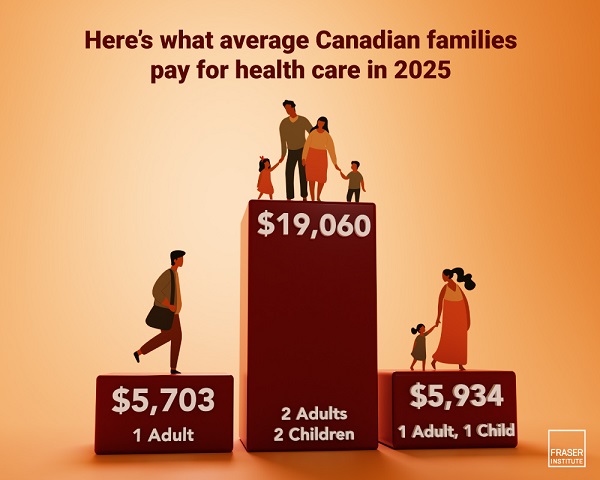
From the Fraser Institute
By Nadeem Esmail, Nathaniel Li and Milagros Palacios
A typical Canadian family of four will pay an estimated $19,060 for public health-care insurance this year, finds a new study released today by the Fraser Institute, an independent, non-partisan Canadian public policy think-tank.
“Canadians pay a substantial amount of money for health care through a variety of taxes—even if we don’t pay directly for medical services,” said Nadeem Esmail, director of health policy studies at the Fraser Institute and co-author of The Price of Public Health Care Insurance, 2025.
Most Canadians are unaware of the true cost of health care because they never see a bill for medical services, may only be aware of partial costs collected via employer health taxes and contributions (in provinces that impose them), and because general government revenue—not a dedicated tax—funds Canada’s public health-care system.
The study estimates that a typical Canadian family consisting of two parents and two children with an average household income of $188,691 will pay $19,060 for public health care this year. Couples without dependent children will pay an estimated $17,338. Single Canadians will pay $5,703 for health care insurance, and single parents with one child will pay $5,934.
Since 1997, the first year for which data is available, the cost of healthcare for the average Canadian family has increased substantially, and has risen more quickly than its income. In fact, the cost of public health care insurance for the average Canadian family increased 2.2 times as fast as the cost of food, 1.6 times as fast as the cost of housing, and 1.6 times as fast as the average income.
“Understanding how much Canadians actually pay for health care, and how much that amount has increased over time, is an important first step for taxpayers to assess the value and performance of the health-care system, and whether it’s financially sustainable,” Esmail said.
The Price of Public Health Care Insurance, 2025
- Canadians often misunderstand the true cost of our public health care system. This occurs partly because Canadians do not incur direct expenses for their use of health care, and partly because Canadians cannot readily determine the value of their contribution to public health care insurance.
- In 2025, preliminary estimates suggest the average payment for public health care insurance ranges from $5,213 to $19,060 for six common Canadian family types, depending on the type of family.
- Between 1997 and 2025, the cost of public health care insurance for the average Canadian family increased 2.2 times as fast as the cost of food, 1.6 times as fast as the average income, and 1.6 times as fast as the cost of shelter. It also increased much more rapidly than the average cost of clothing, which has fallen in recent years.
- The 10 percent of Canadian families with the lowest incomes will pay an average of about $702 for public health care insurance in 2025. The 10 percent of Canadian families who earn an average income of $88,725 will pay an average of $8,292 for public health care insurance, and the families among the top 10 percent of income earners in Canada will pay $58,853.
Business
Canada Post is broken beyond repair
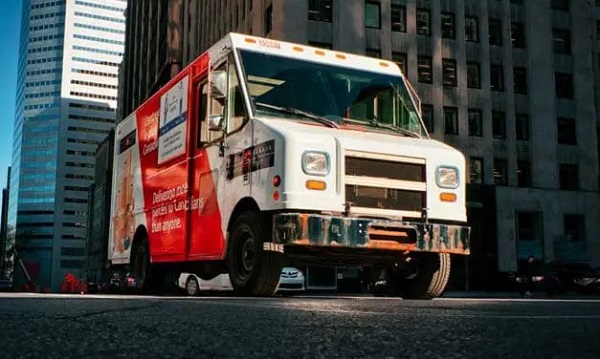
This article supplied by Troy Media.
Canada Post is bleeding money and losing relevance. It’s time to open it up to competition
Canada Post is broken. With billions in losses, declining relevance and taxpayer bailouts keeping it afloat, the time has come for serious reform. Germany faced the same challenge and fixed it. Canada should do the same: break the monopoly, open the market and bring the postal service into the modern era.
The numbers are staggering, and getting worse. In 2024, Canada Post posted an $841-million pre-tax deficit. This year, it’s on track to lose even more. In just the second quarter of 2025, the corporation reported a record $407-million loss—its largest ever. Internal forecasts suggest the 2025 deficit will surpass last year’s and set a new record.
That’s a growing burden on taxpayers’ backs, and all it’s buying is slower service, fewer delivery days and higher stamp prices.
Other countries have faced similar breakdowns, and found better solutions. Germany, for instance, transformed its outdated public monopoly into a competitive, efficient system. Canada could follow the same path.
At the heart of Canada’s problem is a business model stuck in the past. Canada Post holds a legal monopoly over first-class mail, meaning only it
can deliver regular letters. But that market has collapsed.
In 2006, Canadians sent a record 5.5 billion letters. Last year, fewer than two billion. Meanwhile, the parcel business is booming; but Canada Post’s market share has plunged from 62 per cent in 2019 to just 24 per cent in 2023.
Germany’s state-run Deutsche Post saw similar declines in relevance and rising inefficiencies in the late 1980s. It tried to cope by hiking stamp prices year after year. Consumers paid more while service continued to deteriorate. Recognizing the model was broken, Germany acted. The government opened parts of the postal market to competition and gradually privatized Deutsche Post, selling off shares over time. By 2008, its monopoly was gone. Today, the German government holds just 16.99 per cent of the company.
The results are striking. German consumers are served by nearly 400 companies offering full postal services, and more than 11,000 offering partial ones. Deutsche Post still leads in letter mail, but competitors keep it sharp. Adjusted for inflation, sending a letter in Germany now costs 10 per cent less than in 1989. In Canada, it costs nearly 50 per cent more. And Germany consistently ranks among Europe’s best in delivery speed.
There’s no reason Canada couldn’t achieve the same results if we’re willing to follow the same playbook. Ottawa could open up Canada Post to investment, allowing workers and Canadians to become shareholders. Postal employees with a stake in the company would be more motivated to root out inefficiencies, because they’d directly benefit from any savings.
At the same time, the government should eliminate Canada Post’s monopoly over letter mail. Letting new competitors enter would drive innovation, improve service and reduce prices. Consumers and small businesses would benefit most.
The world has changed. Canadians no longer rely on letter mail the way they once did. But they still need reliable, affordable delivery. To meet that need—and stop pouring public money into a failing structure—Canada Post must adapt. Market reform isn’t radical. It’s long overdue.
Gabriel Giguère is a senior policy analyst at the Montreal Economic Institute.
Troy Media empowers Canadian community news outlets by providing independent, insightful analysis and commentary. Our mission is to support local media in helping Canadians stay informed and engaged by delivering reliable content that strengthens community connections and deepens understanding across the country.
-

 Censorship Industrial Complex2 days ago
Censorship Industrial Complex2 days agoFreedom of speech under threat on university campuses in Canada
-
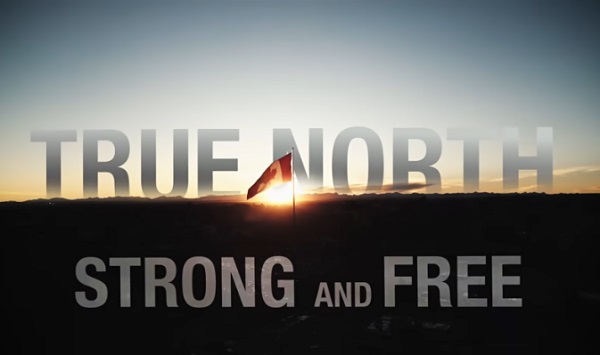
 Alberta1 day ago
Alberta1 day agoOttawa’s destructive federal energy policies and Premier Danielle Smith’s three part solution
-

 Business2 days ago
Business2 days agoCarney engaging in Orwellian doublethink with federal budget rhetoric
-

 Alberta2 days ago
Alberta2 days agoIs Alberta getting ripped off by Ottawa? The numbers say yes
-
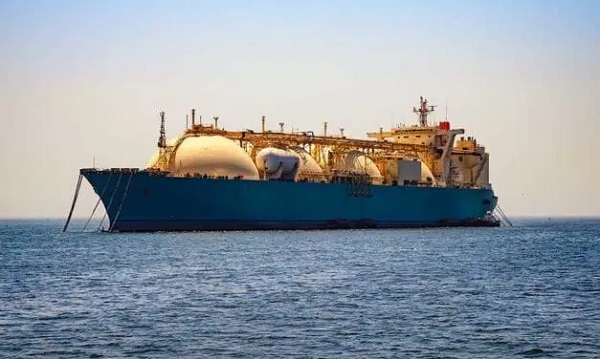
 Energy2 days ago
Energy2 days agoCanada’s LNG breakthrough must be just the beginning
-

 Business2 days ago
Business2 days agoCourt’s ‘Aboriginal title’ ruling further damages B.C.’s investment climate
-
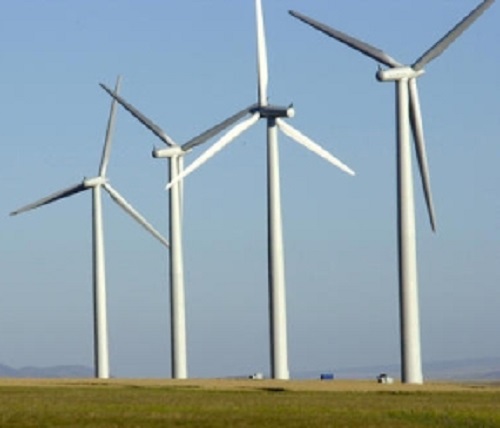
 Agriculture1 day ago
Agriculture1 day agoIn the USA, Food Trumps Green Energy, Wind And Solar
-

 Business2 days ago
Business2 days agoManitoba Must Act Now To Develop Its Northern Ports



